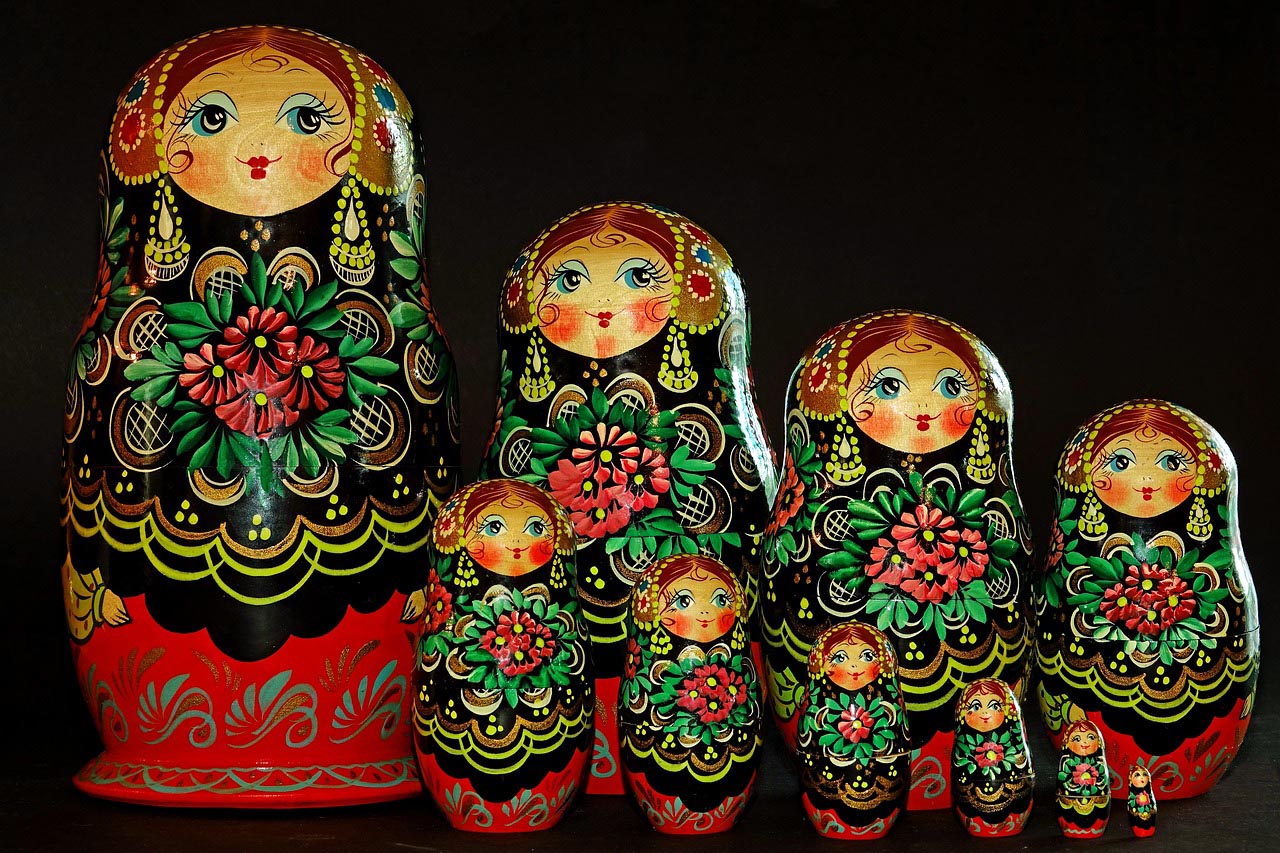This sociological study attempts to take a closer look at the people of Sri Lankan origin
who migrated to Canada after 1948. The paper is divided into three parts, first part is a brief
history and cultural manifestations of this group. The second part presents some selected soio-
demographic data taken from the 1991 and 2001 Canadian census reports. The final part is an
analysis of selected aspects of social dynamism of all Sri Lankans in Canada after 2001.
PART I
In 1951, the Government of Canada relaxed some of their immigration policies to allow
50 Ceylonese to come to Canada as permanent residents. As Das Gupta noted,
In 1951, pressured by the newly independent Indian Government and facilitated by
diplomatic relations between India and Canada, a policy of immigration quotas was
established for countries of South Asia (i.e. 150 for Indians, 100 for Pakistanis and 50 for
Ceylonese per year), (1994,62).
In 1957, the Indian quota was raised to 300 persons, and the entire restricted quota
system was replaced with a point system in 1967. With this new emphasis, the immigration of
professional South Asians to Canada increased, changing the size and character of the entire
community.
According to a report produced by the Ontario Ministry of Culture and Recreation
(OMCR) in 1980, many early immigrants to Canada from Sri Lanka belonged to a privileged
class, one which was created and singled out by the British Raj for preferential treatment. Some
of them belonged to the Ceylon Civil Service, while the others were “those who were drawn
from all ethnic communities who had become brown Englishmen by education and who held
tenaciously to every British tradition” (OMCR 1980). After independence in 1948, attempts
were made to indigenize the Public Service and other major enterprises in the country. The
members of the privileged class suffered from the sudden turn of events and decided to
immigrate to other countries. It is noteworthy that “Sri Lankan immigration to Canada took
place not only from Sri Lanka itself but also by way of some of the other countries to which this
group had fled” (OMCR 1980). These countries include England, Australia, Hong Kong,
Malaysia, Nigeria, Italy, and a few other European countries.

According to Appathurai, a historian who did some pioneering research work about the
Sri Lankan community in Canada, Sri Lankan migration to Canada had five distinct phases.
Phase I, involving the Burghers, began soon after Ceylon received its independence from Britain
in February 1948. “They had begun to encounter Sinhalese racist taunts and to feel generally
uneasy as unwanted relics of a dying age of foreign rulers” (Appathurai 1980). It was estimated
that between 1946 and 1955 a total of 27 Sri Lankan Burghers migrated to Canada.
Phase II, starting from 1956 and lasting nine years, witnessed the arrival of the Sinhalese
and the Tamils. Phase III started in 1965 with 141 immigrants and it rose to 293 in 1972. Major
revisions in Canadian immigration policies in 1967 removed discrimination based on race or
national origin and introduced the points system; “This made it possible for some Sri Lankans to
enter Canada as independent applicants” (OMCR 1980). Strong socialist legislation enacted in
Sri Lanka after 1970 generated a steady stream of Sri Lankans moving into North America. “In
addition, many who had previously settled in Britain came to Canada in order to avoid the effects
of a declining British economy as well as the racial turmoil which plagued Britain in the
seventies” (OMCR 1980).
In Appathurai’s opinion Phase IV of Sri Lankan immigration to Canada lasted for three
years as an unprecedented number (659) of Sri Lankans entered Canada in 1974. Phase V began
in 1975 with the introduction of more stringent regulation for admission of immigrants.
According to an OMCR report, after 1975 the number of Sri Lankan immigrants had dropped to
an average of about 270 per year. By 1970, the total number of Ceylonese stood at 5000 (Indra
1985); yet it increased to about 120,000 in 1996. According to 1996 preliminary census reports,
the Tamil speakers in the Greater Toronto Area had increased from 23,100 in 1991 to 54,255 in
1996 (Toronto Star Dec.03, 1997). This dramatic increase of Sri Lankans after 1970 is part of
the steady increase of South Asian arrivals in Canada. In 1963-67 South Asians represented 1.7
percent of all immigrants in Canada while in 1983-87 the proportion had risen to 9.4 percent
(D’Costa 1993, 185).

Writing about the history of Canadian-Sri Lankans, Sugunasiri (1984) referred to three
distinct time periods. He appeared to follow the same pattern as Appathurai, for he categorized
the significant periods as pre-1970, 1970-1975, and post-1975. Considering the fact that Sri
Lankans today have over 70 years of migration history in Canada, I contended that the above
two classifications were limited in identifying the quality of people who migrated. However,
the above stated analyses present push-and-pull factors instrumental in brining Sri Lankans to
Canada. Appathurai’s identification of phases of Sri Lankan migration to Canada can be revised
by adding a sixth phase to incorporate the Sri Lankan refugees who relocated to Canada after
1980.
Nevertheless, from the point of view of the socio-economic status (SES) of immigrants,
people who are categorized under Appathurai’s classification represent only one segment of the
Sri Lankan society – the Westernized middle class. As concluded in the OMCR report, “they
were by no means destitute immigrants since most brought enough money to support themselves
and their families for some time before securing employment. In addition, they brought a high
level of education and technical training” (1980).
A vast majority of those who entered Canada after 1980 were fleeing the 13-year-old
internecine war between the Tamil militants and the Government armed forces in Sri Lanka.
Canada has been a major destination for many Tamils as well as some Sinhalese who had
suffered political victimization during the years between1985 and 1992. Majority of them were
neither middle class nor professionally trained Sri Lankans; rather, they were victimized
refugees. Writing about the general Tamil population living in Ontario, Milton Israel noted that
for many Indian Tamils, these challenges in the Toronto Metropolitan
environment] were already apparent in the large cities of their native Tamil Nadu. These
Tamils settled into their Ontario life with relative ease, adapting where necessary, in
many ways arriving ‘pre-adapted’ to this new environment (Israel 1994, 57).

Nevertheless, Israel made a distinction with regards to Sri Lankan Tamils; “but for the
majority of Sri Lankan Tamils who arrived in the ’80s, the situation is quite different” (1994, 57).
Most of them came as refugees and “the civil war in their Island home deprived thousands of
young people the opportunity to gain an education and get on with their lives” (1994, 57). He
further asserted that “most Sri Lankan Tamils in Toronto are young, poor and without advanced
education” (Israel, 1994, 57). As a result, it is quite significant, from a sociological perspective,
to divide the history of Sri Lankan migration to Canada into two phases: pre-1980 and post-1980.
Sugunasiri’s presentation of changing lifestyles of Sri Lankans in Canada prior to 1980
merits attention especially in terms of identity construction. In his opinion, Sri Lankans did not
have a tendency to live in an ethnic ghetto. He stated that “Whatever the location, the Sri
Lankans have not clustered together, feeling no insecurity- due perhaps to their facility in
English and their educational and professional background” (1984, 189). At the initial stage,
owning a house was considered to be a high social value among the Sri Lankans. As a result,
new housing developments in areas such as Scarborough, Brampton and Mississauga attracted
many Sri Lankan families.
Similarly, Sugunasiri made some observations about the changing roles for the Sri
Lankan wives, who most likely had not worked outside of their homes in Sri Lanka. In Canada,
“not many of them have had to work in factories or restaurants, a significant number of them
getting employment at the clerical level” (1984, 189). During the post- 1960s, this seemed to be
a pattern for South Asian women in general. Writing about South Asian women Das Gupta
observed, “More middle class, professional and urban families came in the post-1960’s period.
Women in this class were better educated and more Westernized, familiar with commercial
relations and therefore more open to engaging in wage labour” (1994, 66). Sugunasiri further
asserted that a typical Sri Lankan wife would wear Western attire for work; however, he made an
ethnic differentiation by saying that wearing Western dress was a “continuation for the Burgher
women, but a change for the others. The Tamils are perhaps more conservative here, with more
of them keeping their long hair and wearing the saree more often-a dress Sinhalese wives…wear
primarily for cultural activities and weddings” (1984, 189).

Sugunasiri also considered an increased use of English as the medium of communication
between parents and children as a marked change of behaviour among the Sri Lankans. Here
again, he stated that this practice was “less true among the Tamils” (Sugunasiri 1984, 189).
Another important aspect Sugunasiri dealt with was the organizational capacity of Sri
Lankans. The Canada-Sri Lanka Association, which evolved from an earlier Ceylon Recreation
Club, had been the main forum for community activities encompassing all ethnic subdivisions of
Sri Lankans. While the Christian Sri Lankans had joined the mainstream church organizations,
the Buddhists had started their own temple on Kingston Road in Toronto. In like manner, the
Tamils and Muslims had joined church organizations run by non-Sri Lankan groups in Toronto.
In his conclusion, Sugunasiri wrote:
The Sri Lankan community is probably unique in the Canadian multicultural mosaic for
the variety of peoples it encompasses. We have here a middle-class phenomenon, a wide
spectrum of life styles ranging from the fully Westernized (the Burghers) to the least (the
Hindu Tamils), with the Sinhalese falling somewhere in between. Sri Lankan immigrants
can be said to have adapted to the new country well and fast, making very few demands
on the host society (1984, 191).

Sugunasiri’s account of the early history of Sri Lankans in Canada was, for the most part,
impressionistic and not based on systematically gathered empirical data. Nevertheless, his
writings are important for two major reasons. Firstly, he is one of the three primary Sri Lankan
immigrant writers. His work on the role of the ethnic elites in the re-construction of identity was
a widely known fact in the sociological literature on ethnicity. Secondly, his impressionistic
views helped to trace early signs of the construction of a new Sri Lankan identity in Canada.
Throughout his writings, he used the word Sri Lankan to refer to this group of people. His
statement, “the Sri Lankan immigrants can be said to have ‘adapted’ to the new country well and
fast” needs to be re-examined in light of the empirical data in this present study (Sugunasiri
1984). His ideas of the change in values of the immigrants did not suggest that the Canadian
identity is acquired at the expense of the ethnic identity and, vice versa. Contrary to Sugunasiri,
the hypothesis presented in this study is that a process of new identity construction has just
begun for the Sri Lankan immigrants living in Canada.
The Ontario Ministry of Culture and Recreation (OMCR 1980) study revealed specific
instances of identity formation within Canada. It reported, “Most Sri Lankans in Ontario are
Buddhist Sinhalese. They wish to be known as a Sri Lankan community and are now in the
process of being organized”. This was apparently the situation prior to 1980. It will be
interesting to analyse whether the sub-ethnic community of the Sinhalese who wanted to present
themselves as Sri Lankans prior to the 1980s have modified their stand after a heavy influx of
members from the Tamil sub-ethnic group. The OMCR study also referred to the Tamils in
Ontario, stating, “In Toronto a significant percentage also identifies with East Indian ethnic
groups…Many in this group, who are principally of Tamil origin, identify easily with the Hindu
East Indian family group events” (1980). However, Israel had opposing observations with
regards to recently arrived Tamils in Toronto. In his view, Sri Lankan Tamils “make every effort
to live a very traditional Sri Lankan Tamil life in Toronto” (Israel 1994:57). For example, after
attending a Hindu temple with Indian Tamils for nearly a decade, the Sri Lankan Tamils had
recently begun to build up their own temple because the Indian Tamils in Canada had
compromised their orthodox religious practices. First accepting, then later refusing, an all Indian
or all Tamil identity seemed to be a reflection of a new identity construction.
The OMCR study (1980) also made some impressionistic comments and sweeping
generalizations. The study concluded, “They [Sri Lankans] integrate well into Canadian life.
They are resolved to become and to remain Canadians but they are also eager to organize
themselves as Sri Lankans in such a way as to share their heritage with their fellow citizens”
(OMCR 1980).
The part II of this article covering some selected aspects of demographic and socio-economic data will appear in the next issue of the Sri Lankan news
In the Heart of Serendipity: Embracing Unity for a
Flourishing Sri Lanka
“Sri Lanka, the pearl of the Indian Ocean, where nature’s beauty
intertwines with history’s grandeur, beckons us to unite in harmony.”
By Fareez Farook
(fareez159@yahoo.com)

As the gentle waves caress the shores of this island paradise, echoing
tales of resilience and diversity, it becomes evident that our strength
lies not in our differences, but in our unity. Sri Lanka, with its
kaleidoscope of cultures, religions, and ethnicities, stands as a
testament to the richness of human experience. Yet, despite our
shared heritage and the ethereal beauty that envelops us, fissures of
division have marred our collective journey.
“From misty mountains to golden shores, Sri Lanka’s allure knows no
bounds; let us weave unity into the fabric of our nation, for in
togetherness, we find our truest strength.”
Throughout history, the scars of division have left their mark on our
beloved land. The echoes of past conflicts, fueled by sectarian strife
and political discord, still linger in the collective memory of our people.
The wounds inflicted by these tumultuous times serve as a stark
reminder of the perils of division. Yet, amidst the shadows of our past,
there exists a glimmer of hope—a beacon of unity that illuminates the
path to a brighter future.
“In the tapestry of humanity, each thread is precious; let us embrace
our diversity as a source of strength, for together, we are woven into
the fabric of a resilient nation”
To build a truly prosperous Sri Lanka, we must transcend the barriers
of caste, creed, and religion that have plagued us in the past. We
must strive to create a society where every individual is valued not for
their differences, but for the richness they bring to our collective
tapestry. Only through inclusivity and mutual respect can we harness
the full potential of our nation and chart a course towards prosperity.
“In unity, we find solace; in diversity, we find beauty; let us walk hand
in hand, bound by a common vision of a Sri Lanka where every voice
is heard, and every heart is embraced.”

As we gaze upon the emerald landscapes and ancient ruins that dot
our island, let us be reminded of the resilience that courses through
our veins—the resilience of a people who have weathered the storms
of history and emerged stronger for it. Let us draw inspiration from the
natural wonders that surround us and pledge to build a future where
unity is not just a lofty ideal, but a lived reality.
“O Sri Lanka, jewel of the East, may your people be united in purpose
and bound by love; for in unity lies the truest expression of our
nation’s beauty.”
In the tapestry of Sri Lankan society, each thread is imbued with a
unique hue, a unique story waiting to be told. Let us come together,
not as disparate strands, but as a vibrant mosaic—a mosaic that
celebrates our differences while cherishing our shared humanity. For it
is only through unity that we can unlock the full potential of our nation
and write the next chapter in the storied history of Sri Lanka—a
chapter defined not by division, but by the bonds of solidarity and the
promise of a brighter tomorrow.







